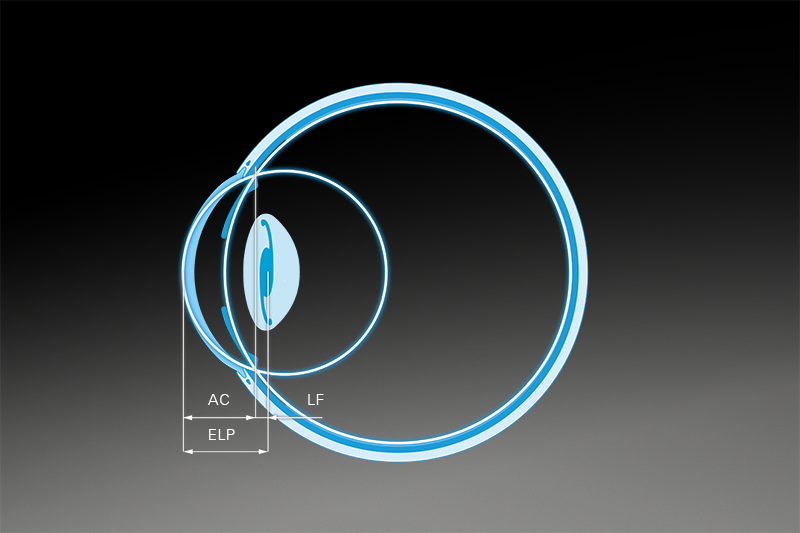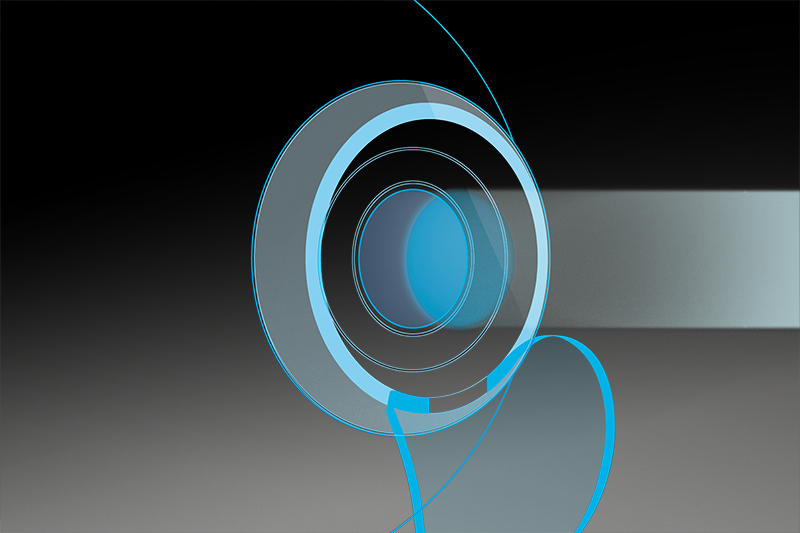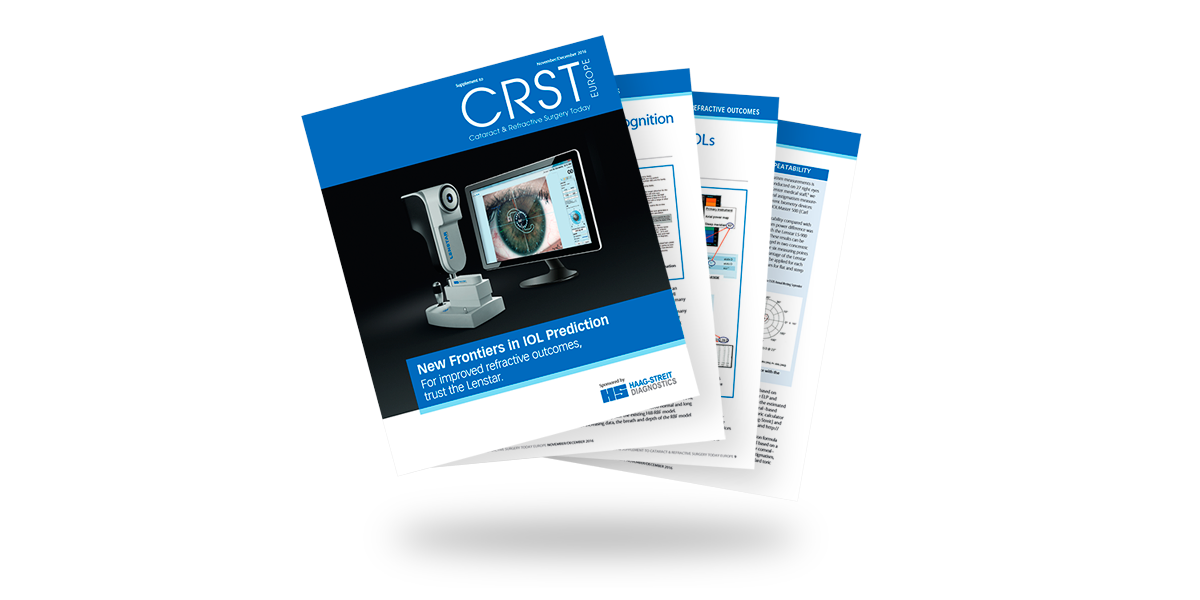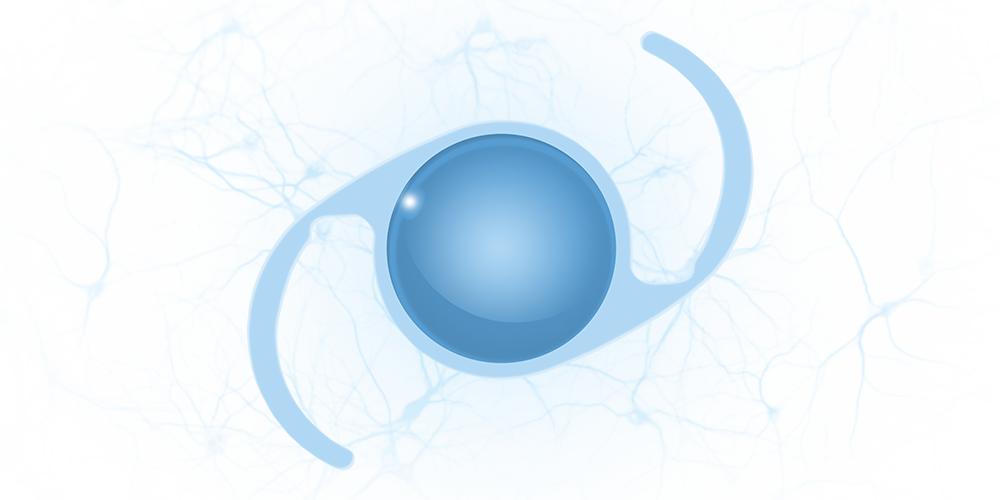Outstanding optic measurement results
Lenstar provides highly accurate laser optic measurements for every section of the eye − from the cornea to the retina. With its integrated Hill-RBF Method, Olsen formula and the optional Toric Planner featuring the Barrett Toric Calculator, Lenstar supplies the user with latest technology in IOL prediction for any patient.
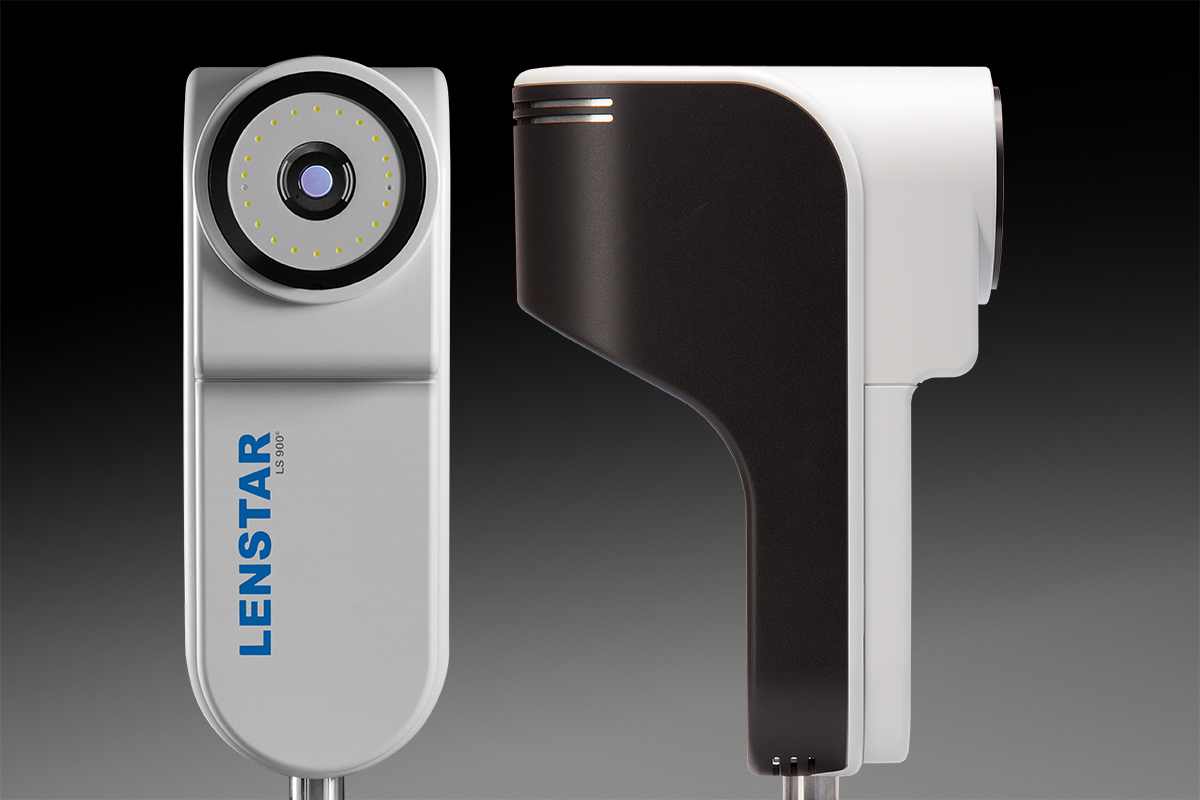
Biometry of the entire eye in a single measurement
Lenstar simultaneously provides laser interferometric biometry of the entire eye, precise keratometry, astigmatism and axis measurement, WtW and pupillometry simultaneously in a single measurement.
EyeSuite IOL features cutting-edge multivariable IOL formulae for improved refractive outcomes
Access to full eye data in a single click
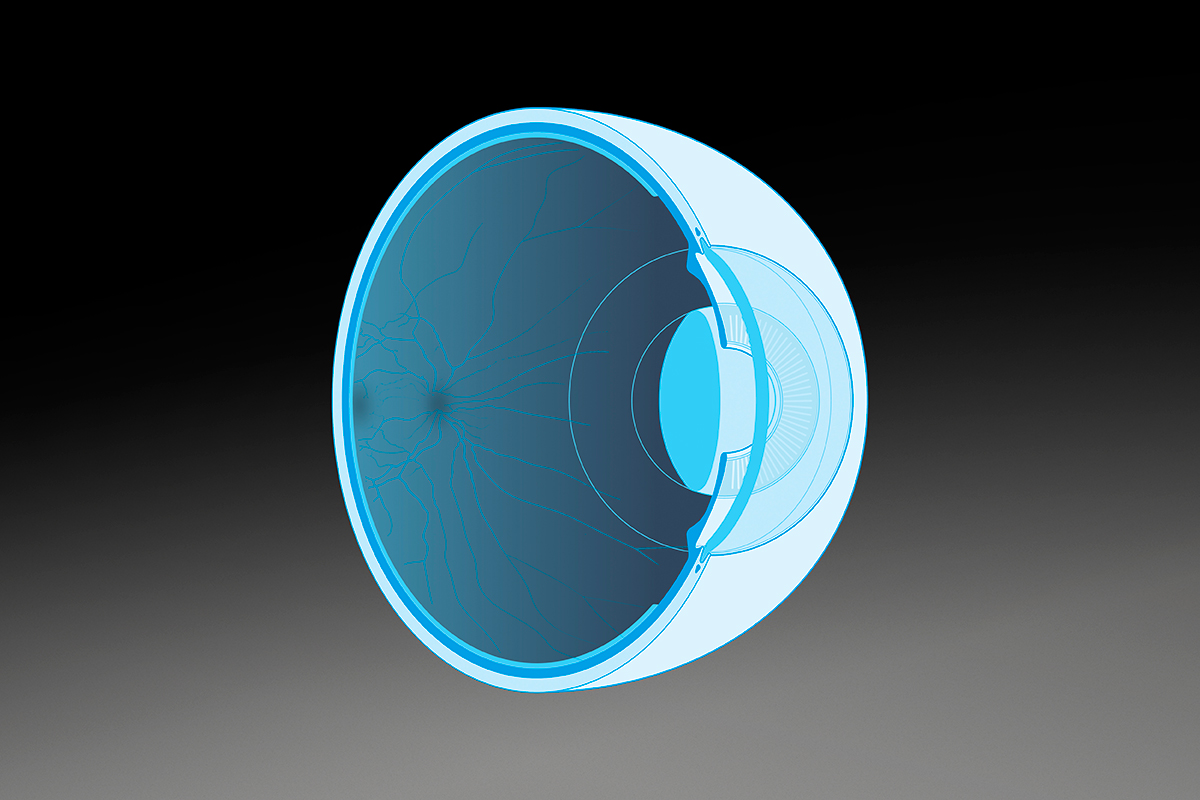
Optical coherence biometry has revolutionized cataract surgery. Featuring OLCR technology, Lenstar is redefining optical coherence biometry.
Cutting-edge, multivariable IOL calculation prediction with the the Hill-RBF Method, Olsen, Barrett or Holladay 2 formula for sophisticated IOL calculation, demand more than just the axial length and keratometry measurement. Lenstar simultaneously provides all the key biometric parameters.
In a single measurement scan using optical low coherence reflectometry (OLCR), Lenstar captures axial dimensions of all of the human eye’s optical structures, from the cornea to the retina. Lenstar also measures corneal curvature, white-to-white and more
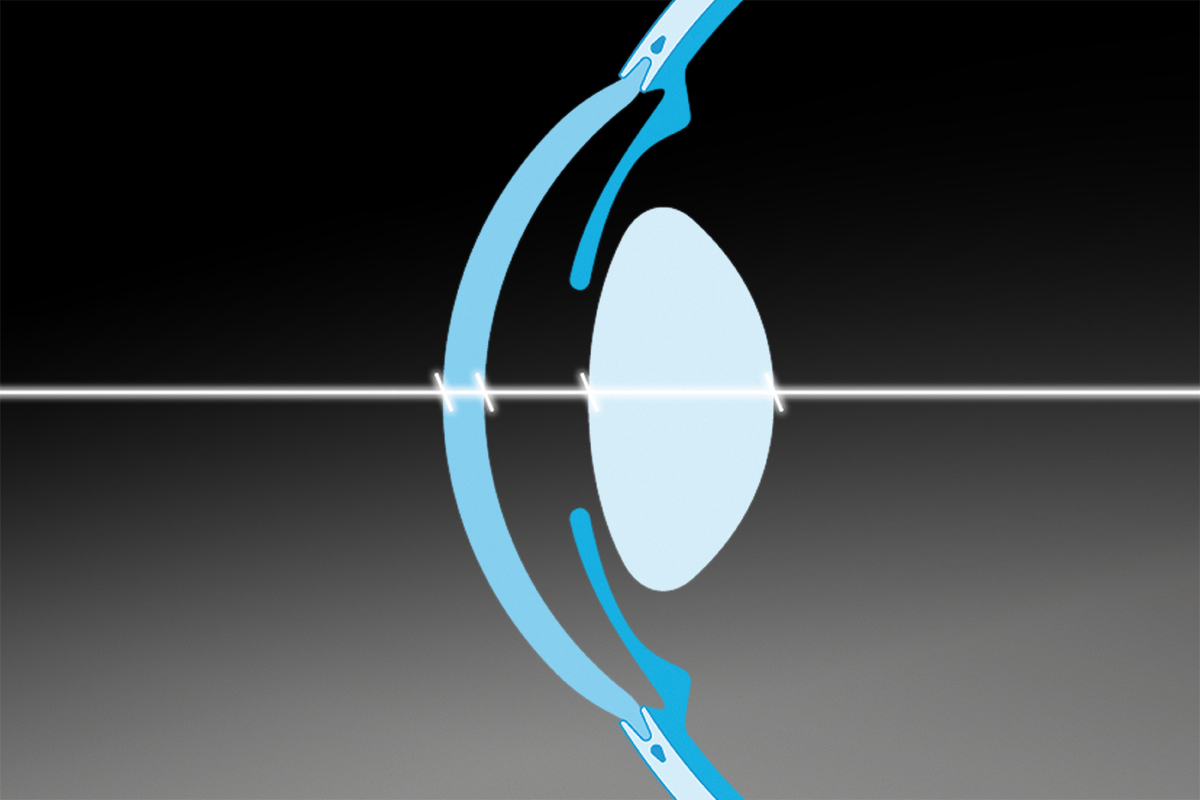
Hit the target any time
Measured lens thickness paired with the integrated Olsen- and Barrett IOL calculation formulae for excellent refractive outcomes with spheric, toric- and multifocal IOL in any eye.
Improved refractive outcomes
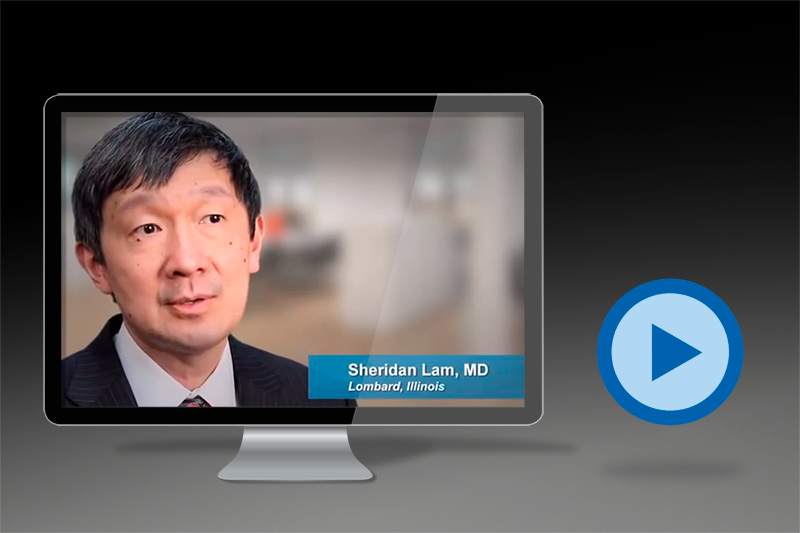
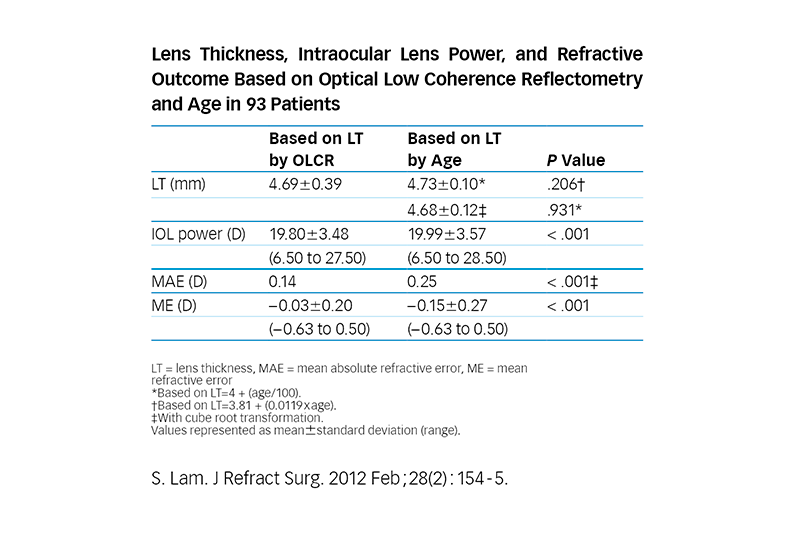
Improved refractive outcomes
The mean absolute and mean refractive error was calculated for IOL power calculation based on measured lens thickness and on age based lens thickness estimation, a method used if no lens thickness measurement is available for IOL power calculation using the Holladay 2 formula.
Even though the measured lens thickness did not significantly differ from the age based estimation, the refractive outcome did improve significantly in the group with measured lens thickness and lead to a different IOL choice in 30% of the cases.
Dr. Lam concludes: "Lens thickness matters and has to be measured. Ignoring the true lens thickness puts the cataract surgeon and the patient at a disadvantage."
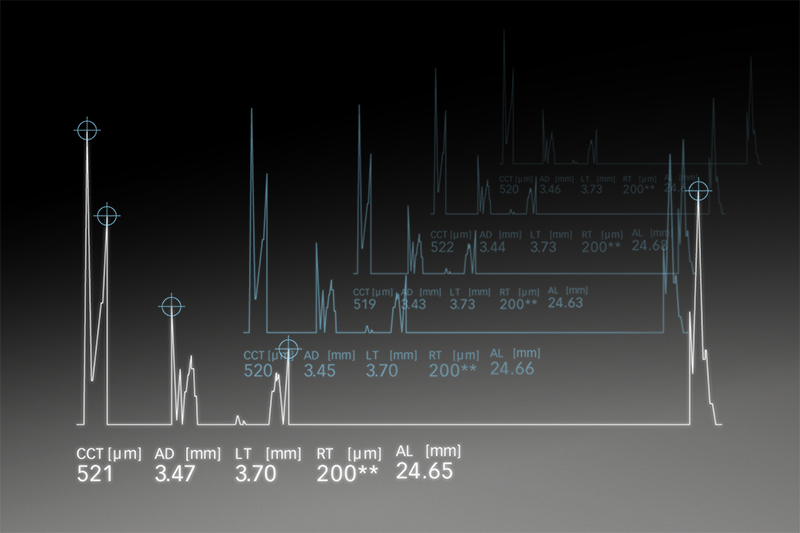
Meet patient expectations
Lenstar's full A-scan of the eye and its unique dual zone keratometry provide the foundation for accurate IOL calculation. EyeSuite IOL features the latest generation formulae for improved refractive results in all eyes.
Hill-RBF Method - Pattern recognition and boundary model for more accuracy and confidence
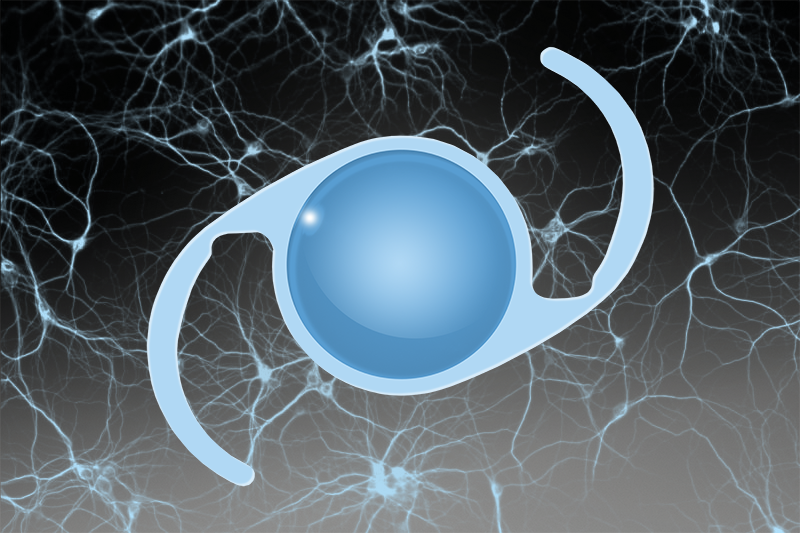
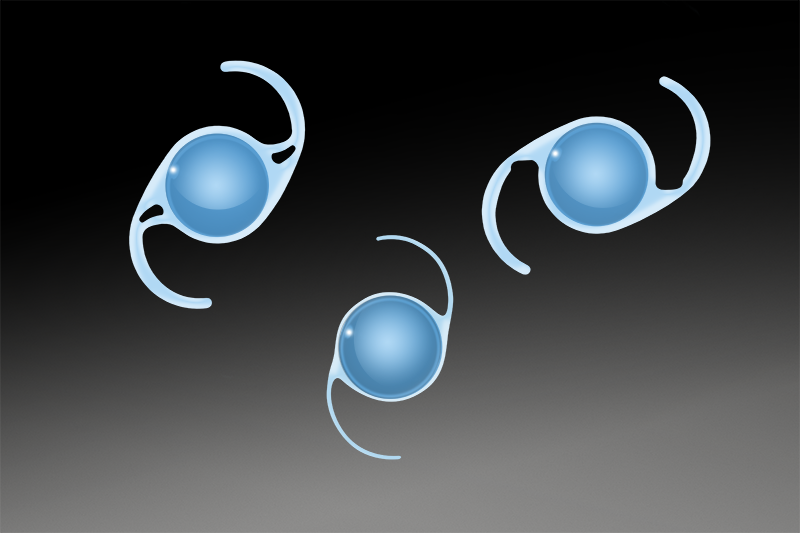
Excellent IOL prediction in all eyes
Excellent IOL prediction in all eyes
Barrett and Olsen use more parameters, including measured anterior chamber depth and lens thickness to estimate the implant position of the IOL in the eye. The additionally implemented ray tracing in their calculation methods result in formulae that allow for excellent IOL prediction in all kind of eyes; short-, long- and even unusual ones.
